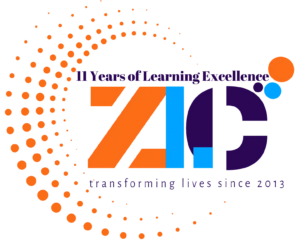
‘Learn by heart’.
Many of us who have studied in Indian schools are no doubt familiar with this term. This indicates the rote learning we were habituated with during our student life.
Rote learning doesn’t prioritize gaining knowledge just memorization of facts and figures.
‘Learning by heart’ may have helped us pass the semesters but it wouldn’t be of any help when it comes to meeting sales targets or wowing clients.
Employee training is most effective when the learners are fully engaged in the learning process. The ultimate aim of a Learning & Development initiative is to help employees increase their productivity, and upgrade their skills as per the organizational goals. Employees learn best if the course is pertinent to their job role and day-to-day responsibilities and the course allows them to apply their knowledge practically. Other factors that determine learner engagement are quality of instruction and training content etc.
It can be difficult to craft the perfect learning experience for employees – one they will enjoy and which will have a positive impact on their performance. However L&D managers have to keep three objectives in mind when choosing a training vendor or putting a course together:
- Is it relevant? Is the course pertinent to the learner’s job role and immediate responsibilities?
- Is it dynamic? Do the course instructors encourage feedback throughout the course?
- Is it entertaining? Traditional lecture-heavy classes which do not have more interactive elements like videos Q &A sessions and rely only on long presentations and endless texts generally have poor learning outcomes.
How to create an effective and engaging learner experience?
Conduct a Training Needs Analysis
Before organizing a training program it’s always advisable to identify skill deficits and create a TNA (Training Needs Analysis) report. This will help you to find out which employees are lacking on which front and what skills they need to develop. For this, the L&D team examines the skills required for each job role and then conduct assessments to evaluate the skill set of the workforce.
Keep in mind the various learning styles.
No two fingers are the same. Similarly, no two learners process information the same way. There are aural learners, visual learners, verbal learners, physical learners, social learners, and solitary learners. Some would learn best in group settings. Others may respond better to a self-paced schedule. A great course will almost always try to accommodate various types of learners.
Make the classes more interactive
A boring course that consists of long overdrawn videos, endless and overtly academic texts, and dry lectures will create almost no impact on the learner. Courses can be made livelier by incorporating gamification elements such as points and leader boards. Instructors can also use videos and animation to grab the viewers’ attention.
Remove learning barriers
Time or rather a lack of it can be a major barrier to learning. The employee shouldn’t consider training to be a burden. It must not interfere with their pending projects or make demands on their off-time. If possible some modules can be made self-paced. This allows the employees to learn at their own pace within a time period.
